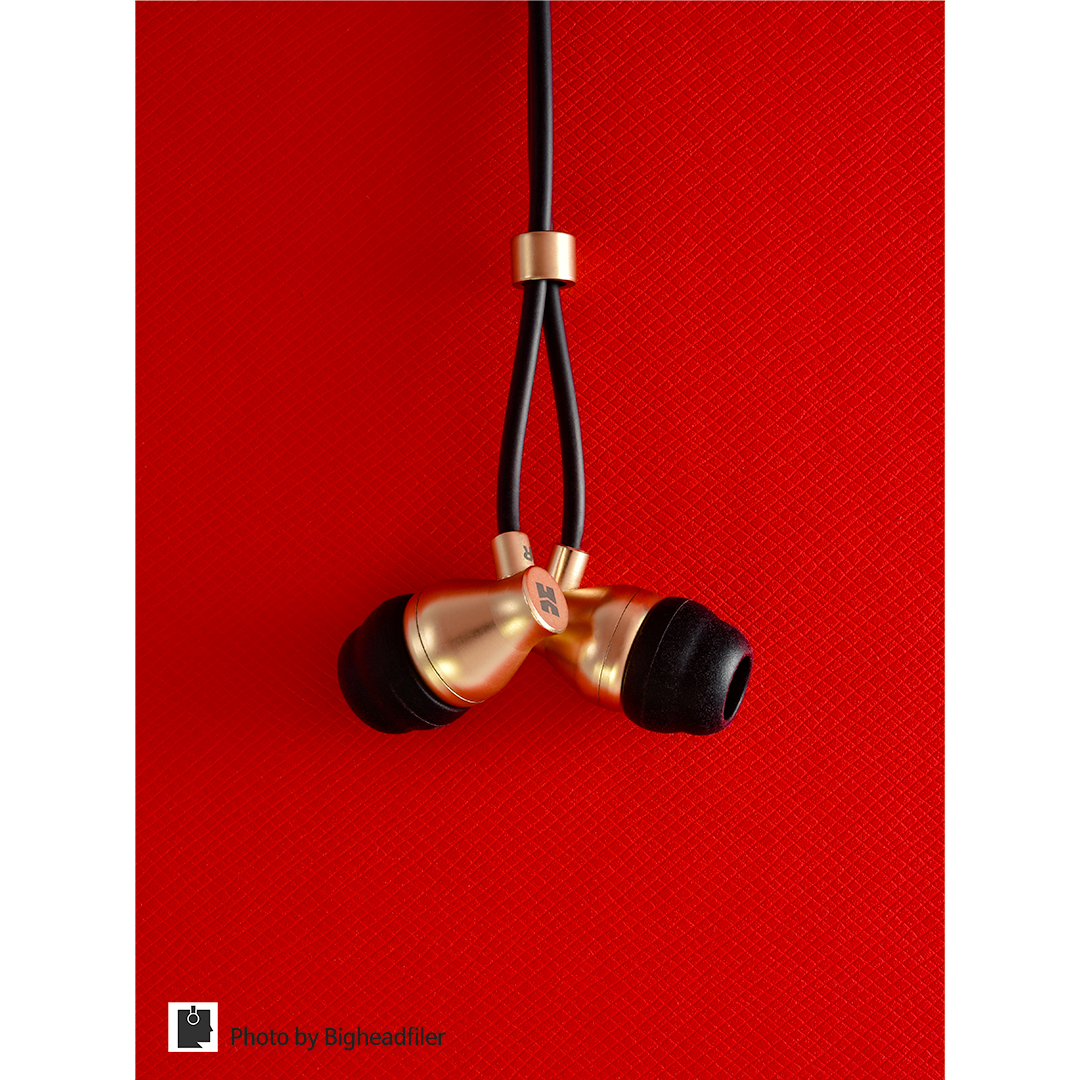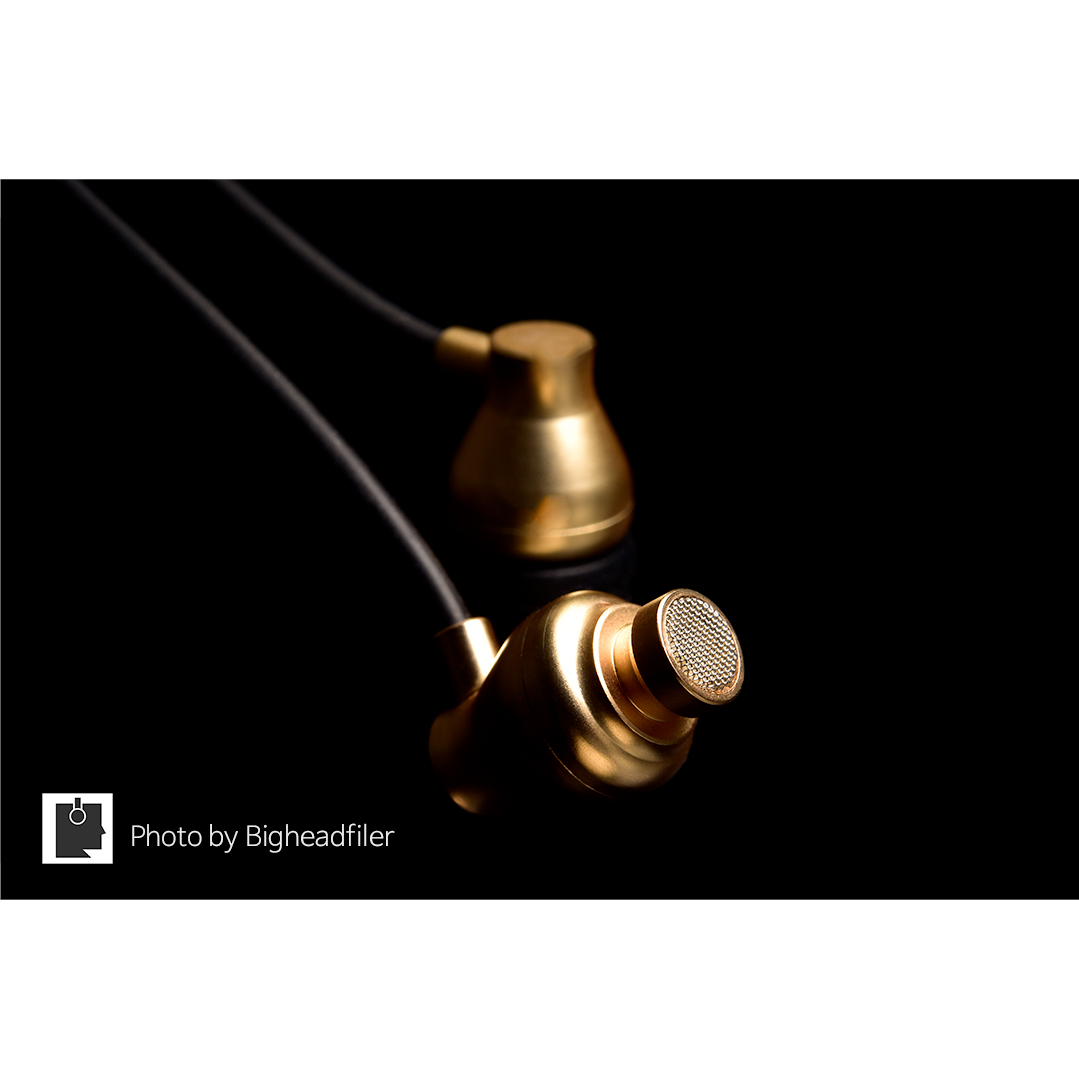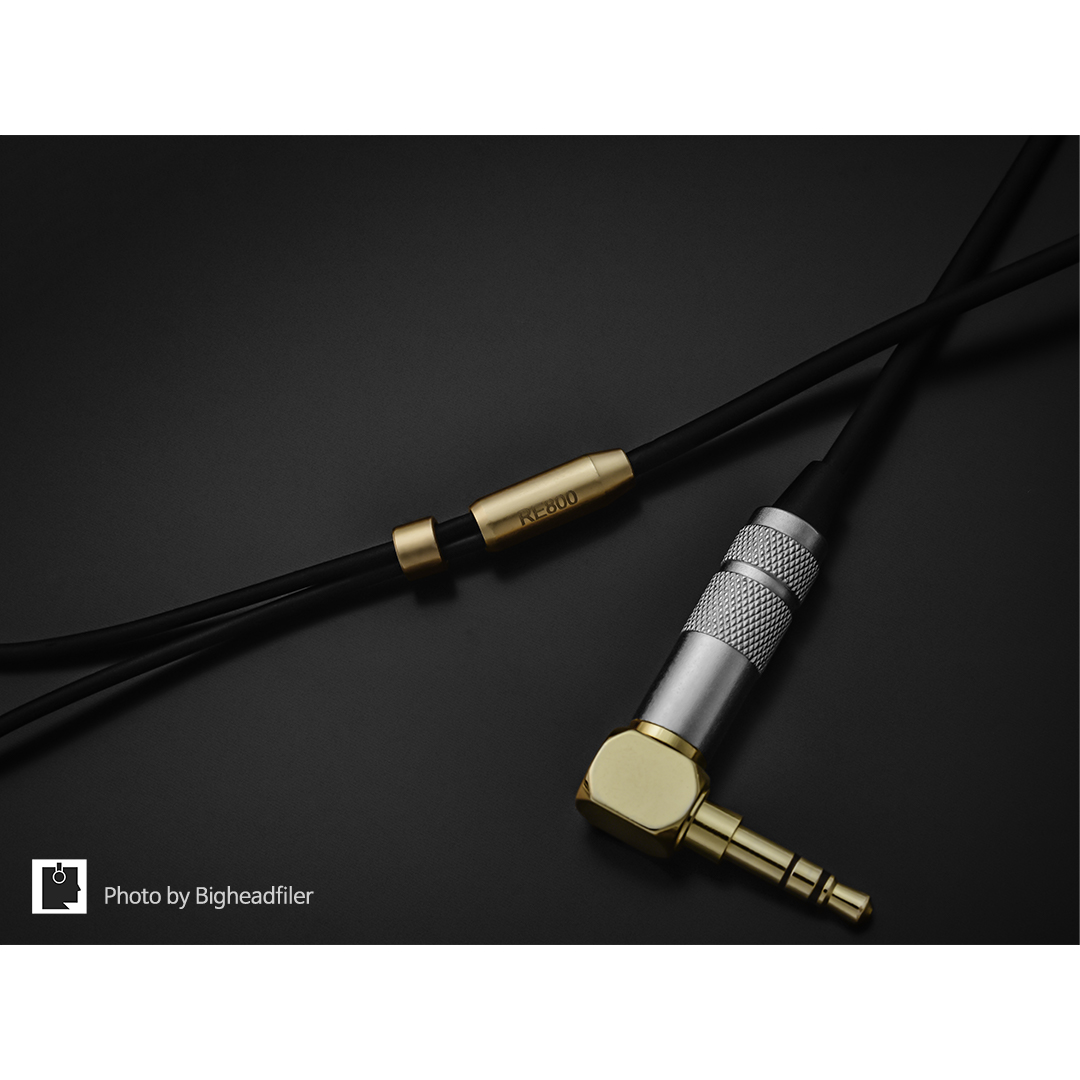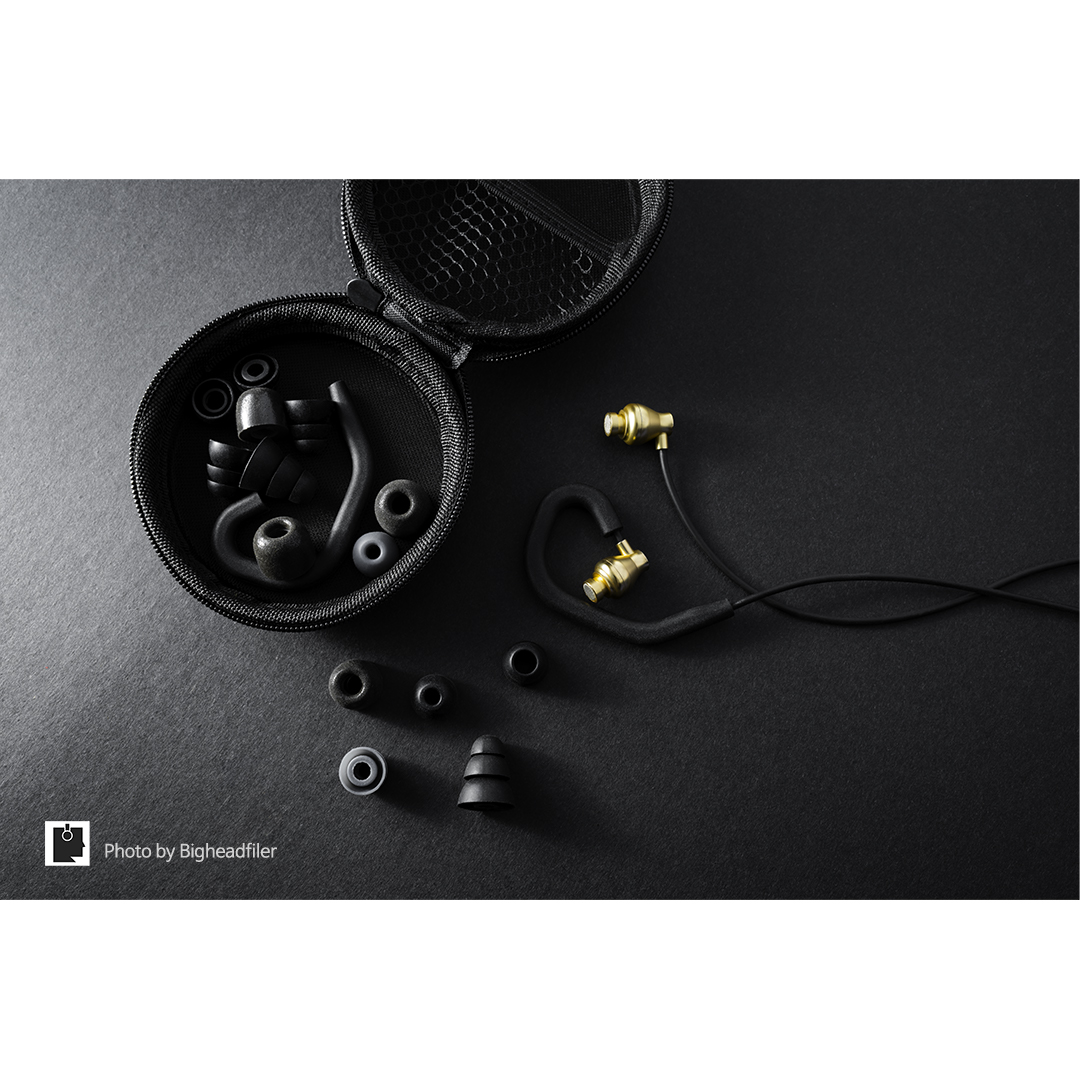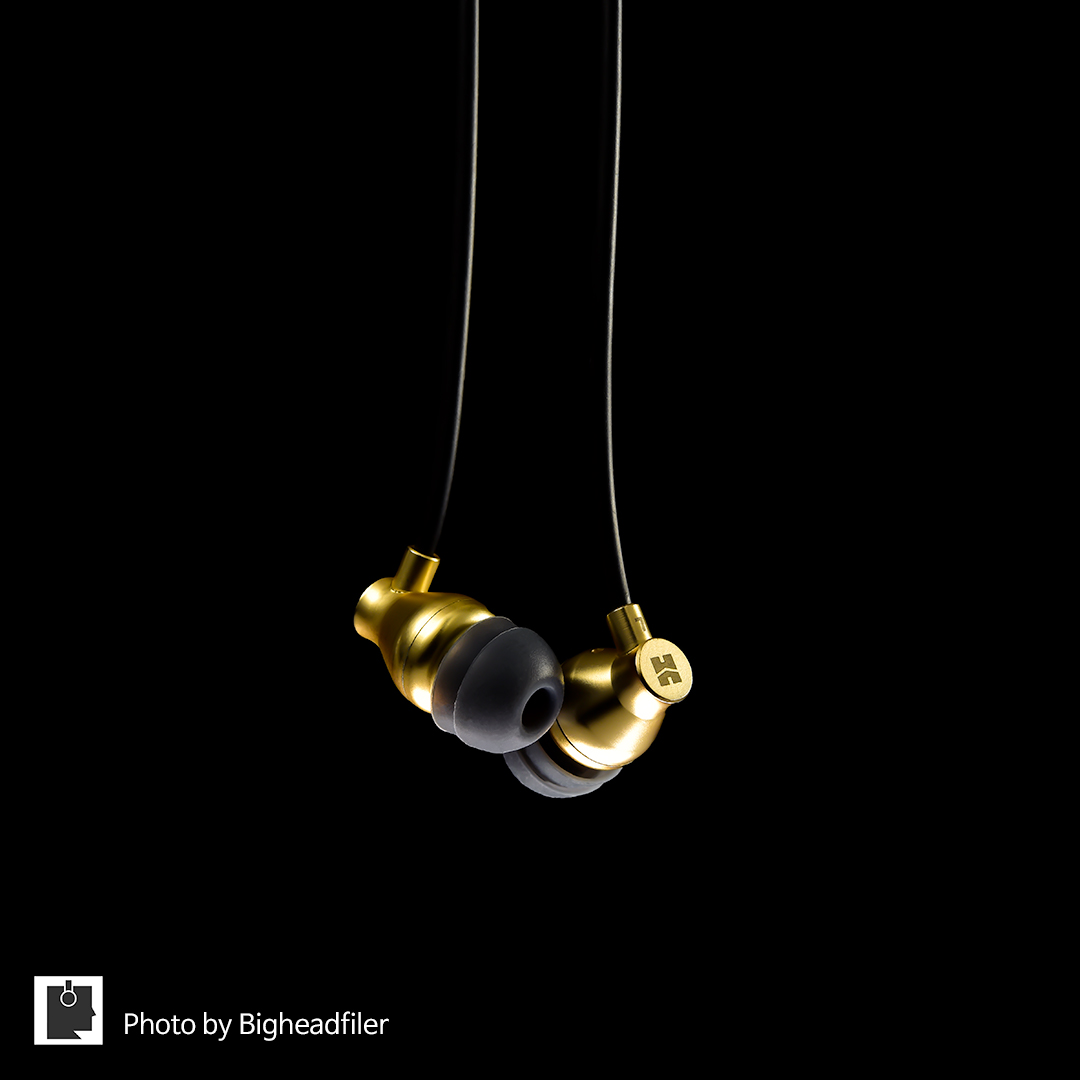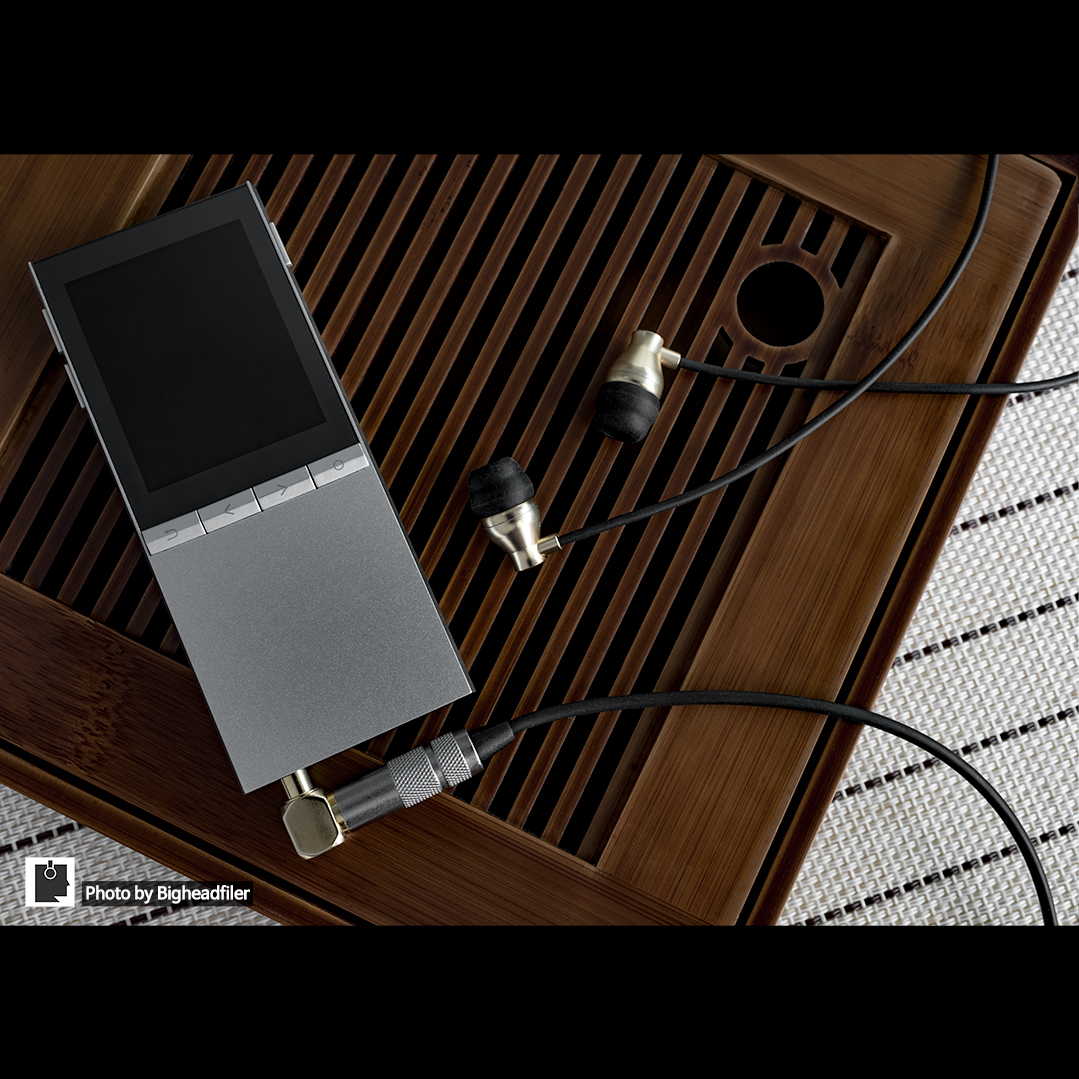Introduction
HiFiMAN is a Chinese company that specializes in producing in-ear monitors and headphones. Recently, they have released the RE800 and their flagship RE2000. For the RE800, I have received the latest version which features detachable cables. I would like to thank HiFiMAN for this review unit. At this point in time, you can purchase the RE800 from https://www.amazon.com/HIFIMAN-RE800/dp/B071YN9QJR/
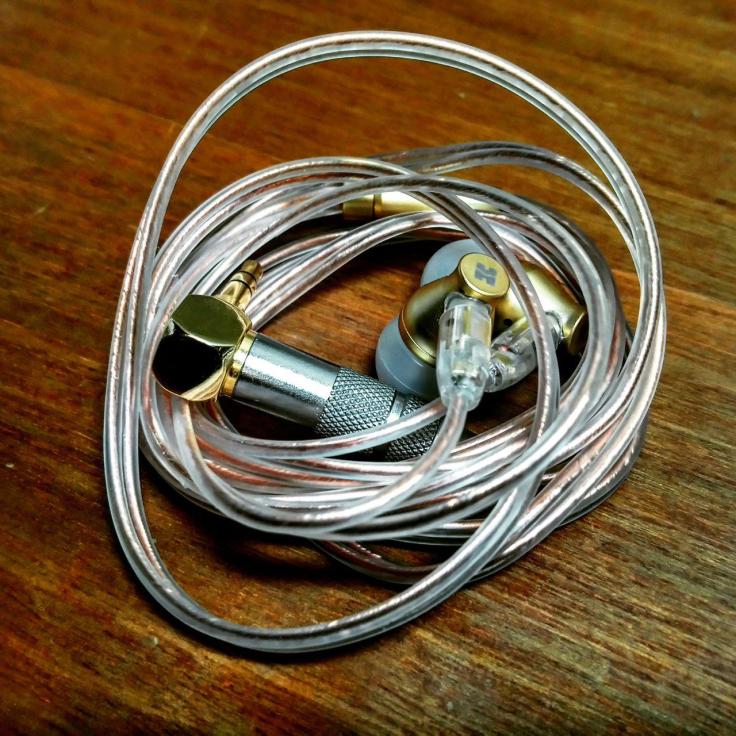
Specifications
Frequency Response : 5Hz-20kHz
Impedance : 60Ω
Sensitivity : 105dB
Weight : 0.95oz (27g)
Unboxing & Accessories
The HiFiMAN RE800 comes in a silver hard rectangular case that has the brand name and model name printed on it. It has a protective cover that shows an image of the RE800. Inside the hard case, there are 2 small packages and a hard circular carrying case. For the 2 small packages, the first one contains a detachable mmcx cable while the other one contains eartips. On the top of the carrying case, there is the brand name printed on it with the iem inside it. Under the foam, there is a pack of tips that contains Comply foam tips, 1 pair of ear-guides, 1 warranty card and 1 instruction manual. The overall package has a premium feel to it.





IEM Build & Design
The RE800 has a fine 24k gold finish to its surface and it has a rather oval shape. On the faceplate, there is the Hifiman logo printed on it. The shell is made of brass with a strong build quality. At the bottom of the iem shell, there is a vent. There is also another vent near the nozzle. The nozzle is straight with a metal mesh for earwax prevention. It is rather small and not heavy at all. I am able to fit the RE800 comfortably in my ears. The RE800 has mmcx sockets. Overall, the iem is beautiful in its aesthetics and constructed well.
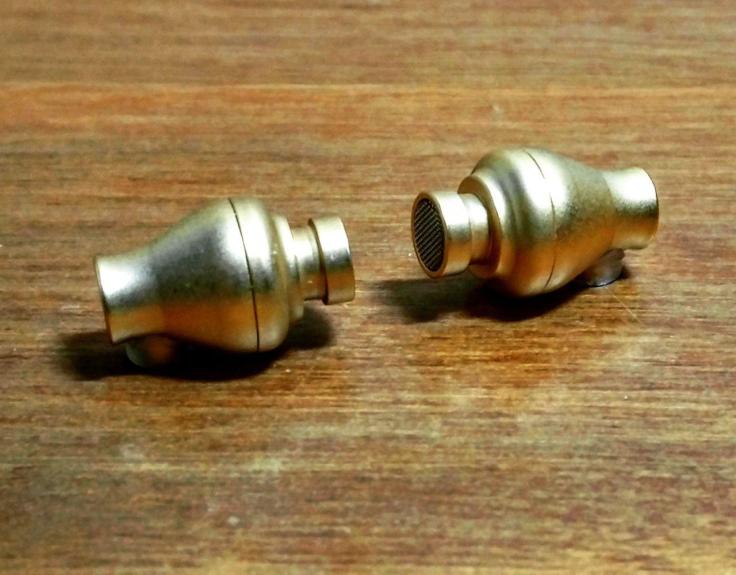

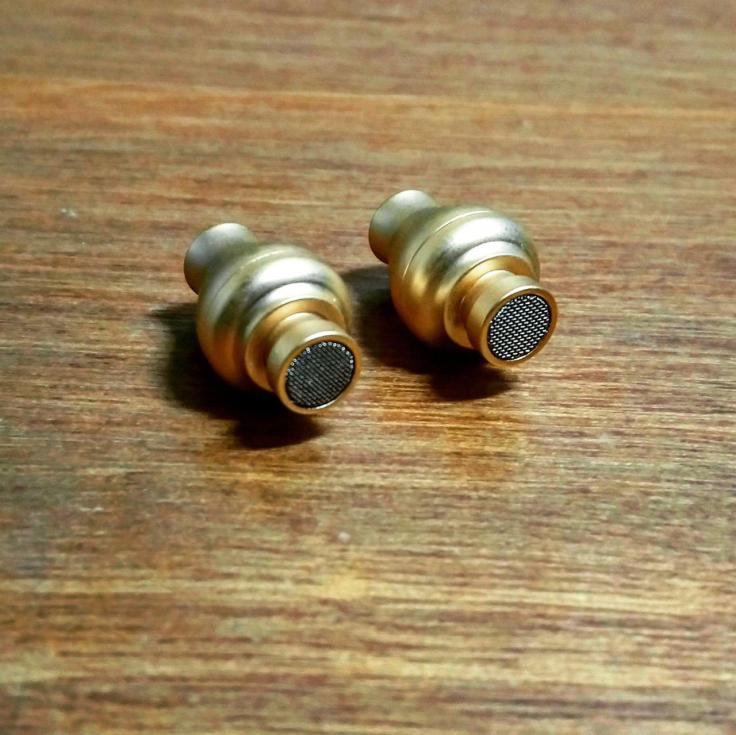
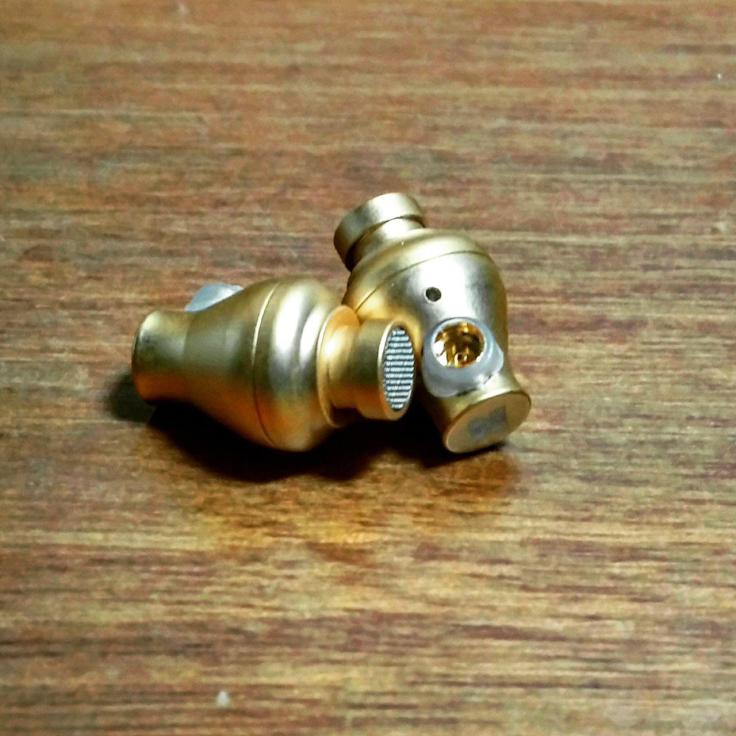
Cable Build & Design
The cable included is made of silver coated crystalline copper wire. It is not braided and has a 2 core design. The overall build quality on the cable is good and there is a soft-like transparent rubber coating on the wire itself. There is no memory wire section. On each mmcx connectors, there is L & R markings to differentiate between left and right. For the left, it is blue in colour while for the right, it is red in colour. The connectors has a transparent housing. The chin slider is a circular gold ring while the y-splitter has the brand name and model name printed on it. It is gold in colour too. Moving on to the jack, it is 3.5mm gold plated with strain relief.

Sound Analysis
Lows
The RE800 extends its sub-bass with authority and confidence. There is a quick rumble to it. It is typical of a dynamic driver’s bass reproduction. The presentation of the bass is clean and technical. There is sufficient punch from the RE800 and each bass note is being portrayed with precision. With an agile nature, it packs energy. The bass texture is very smooth and decay is quick. The bass articulation is accurate and on point. With such an energetic nature, the bass is very enjoyable and exciting to listen to. The transition to the lower mids is good with a smooth passage.
Mids
The midrange on the RE800 operates in a transparent and clinical approach. The lower mids on the RE800 has sufficient quantity to tackle male vocals. Though it does not have huge amount, the lower mids is expressed with musicality and texture. The upper mids is quite forward and there is a good intimate presentation. There is sweetness from the upper mids. Female vocals sound euphoric here. The midrange definition is clear and operates at a high standard with a good level of details retrieval.
Highs
The treble has a good extension with no grain. There is no sibilance and harshness. Treble articulation is precise with a good crisp. The body is rather appropriate. Texture is not very smooth. It operates in a bright approach with a good amount of air at the top end. The air gives space to the overall presentation and lightens it. The details shown is in abundance and there is good clarity.
Soundstage
The RE800 tackles both the width and depth of soundstage rather well. The positioning of vocals and instruments is presented precisely with no congestion. There is a good depth with a great amount of space. The RE800 has a quick expansion in its soundstage and there is a good open feel.
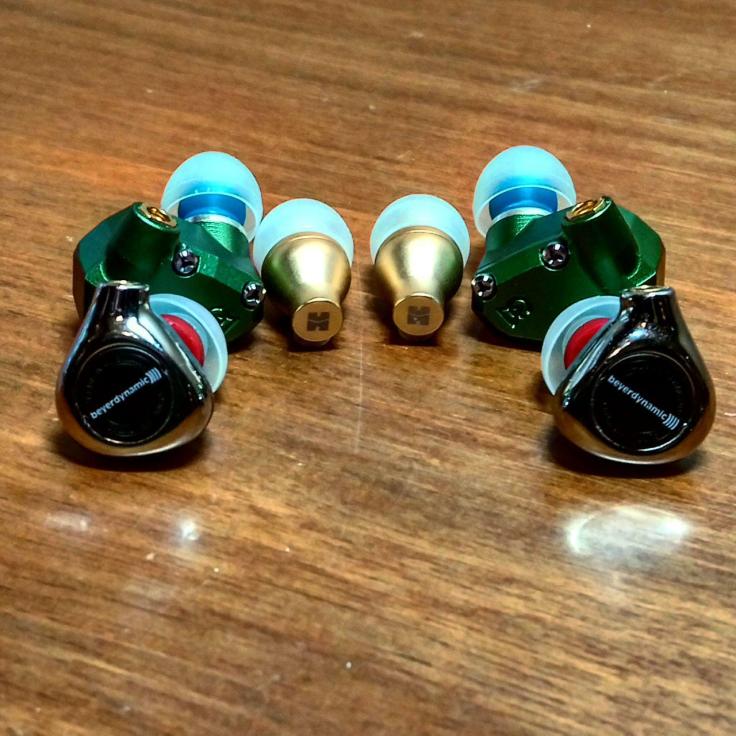
Comparisons
HiFiMAN RE800 vs Beyerdynamic Xelento
The RE800 has less sub-bass extension than the Xelento and it has more quantity. I feel both presents their sub-bass in an authoritative and punchy manner. There is agility in each bass note. The mid-bass on RE800 has more body to it while the Xelento tackles its mid-bass with pace. Xelento has a slight edge in its bass decay. Bass texture on the RE800 is smoother. The impact brought by the Xelento is more and there is more engagement. The lower mids on the RE800 has more body and male vocals are presented with more thickness. The upper mids on the Xelento is more forward. There is more crisp and definition on the Xelento. Female vocals benefit heavily from it. Moving on to the treble section, the Xelento is more extended. There is no sibilance and harshness on both. The amount of air rendered is slightly more on the RE800. For soundstage, both have a very similar width and there is a natural expansion. The depth on the Xelento is slightly better with more space. There is no congestion on both.
HiFiMAN RE800 vs Campfire Audio Vega
The Vega has more sub-bass quantity than the RE800 and there is more extension. Vega stretches it more and the depth is shown. The bass presentation on the Vega is more authoritative and there is more mid-bass slam. The Vega approaches it in a heavier approach while the RE800 presents it in a delicate and lighter manner. The RE800 showcases it agility here. The lower mids on the Vega has slightly more body than the RE800. I find the RE800 to have more pace but the impact brought by the Vega is greater. The upper mids on the RE800 is more crisp. Both have good definition. Female vocals is more controlled on the RE800. The presentation is better with mastery. Next, in the treble section, the extension on the Vega stretches more. There is slight harshness on the Vega. The air rendered on both is very similar. In terms of soundstage, the Vega has slightly more width and the depth on the RE800 is better.
HiFiMAN RE800 vs DITA Answer
The sub-bass on the RE800 is extended better than the Answer. There is slight grain for the Answer. Bass texture on the RE800 is presented more smoothly. The decay on both is similar. I find the rumble on the RE800 to be more musical. The mid-bass on both is similar in the slam. Bass note on the RE800 is presented with more agility than the Answer. The RE800 has more body in the lower mids and male vocals are presented better. The upper mids on the RE800 has more control and the forwardness has more magnitude. For the treble, Answer is slightly more shouty than the RE800. The RE800 presents the treble with finesse. Articulation is much more precise. There is slight harshness on the Answer. The amount of air on the RE800 is more. Answer has a slight sparkle. For the soundstage, RE800 has more width and depth. Vocals and instruments positioning is rather accurate.
Conclusion
The HiFiMAN RE800 is a brilliant dynamic driver iem that boasts an agile bass presentation and controlled treble. It provides an energetic sound that has a high level of engagement. Furthermore, it comes in a premium package with many accessories. HiFiMAN has delivered again with the impressive RE800.

For more reviews, visit https://audio123blog.wordpress.com/ .
HiFiMAN is a Chinese company that specializes in producing in-ear monitors and headphones. Recently, they have released the RE800 and their flagship RE2000. For the RE800, I have received the latest version which features detachable cables. I would like to thank HiFiMAN for this review unit. At this point in time, you can purchase the RE800 from https://www.amazon.com/HIFIMAN-RE800/dp/B071YN9QJR/

Specifications
Frequency Response : 5Hz-20kHz
Impedance : 60Ω
Sensitivity : 105dB
Weight : 0.95oz (27g)
Unboxing & Accessories
The HiFiMAN RE800 comes in a silver hard rectangular case that has the brand name and model name printed on it. It has a protective cover that shows an image of the RE800. Inside the hard case, there are 2 small packages and a hard circular carrying case. For the 2 small packages, the first one contains a detachable mmcx cable while the other one contains eartips. On the top of the carrying case, there is the brand name printed on it with the iem inside it. Under the foam, there is a pack of tips that contains Comply foam tips, 1 pair of ear-guides, 1 warranty card and 1 instruction manual. The overall package has a premium feel to it.





IEM Build & Design
The RE800 has a fine 24k gold finish to its surface and it has a rather oval shape. On the faceplate, there is the Hifiman logo printed on it. The shell is made of brass with a strong build quality. At the bottom of the iem shell, there is a vent. There is also another vent near the nozzle. The nozzle is straight with a metal mesh for earwax prevention. It is rather small and not heavy at all. I am able to fit the RE800 comfortably in my ears. The RE800 has mmcx sockets. Overall, the iem is beautiful in its aesthetics and constructed well.




Cable Build & Design
The cable included is made of silver coated crystalline copper wire. It is not braided and has a 2 core design. The overall build quality on the cable is good and there is a soft-like transparent rubber coating on the wire itself. There is no memory wire section. On each mmcx connectors, there is L & R markings to differentiate between left and right. For the left, it is blue in colour while for the right, it is red in colour. The connectors has a transparent housing. The chin slider is a circular gold ring while the y-splitter has the brand name and model name printed on it. It is gold in colour too. Moving on to the jack, it is 3.5mm gold plated with strain relief.

Sound Analysis
Lows
The RE800 extends its sub-bass with authority and confidence. There is a quick rumble to it. It is typical of a dynamic driver’s bass reproduction. The presentation of the bass is clean and technical. There is sufficient punch from the RE800 and each bass note is being portrayed with precision. With an agile nature, it packs energy. The bass texture is very smooth and decay is quick. The bass articulation is accurate and on point. With such an energetic nature, the bass is very enjoyable and exciting to listen to. The transition to the lower mids is good with a smooth passage.
Mids
The midrange on the RE800 operates in a transparent and clinical approach. The lower mids on the RE800 has sufficient quantity to tackle male vocals. Though it does not have huge amount, the lower mids is expressed with musicality and texture. The upper mids is quite forward and there is a good intimate presentation. There is sweetness from the upper mids. Female vocals sound euphoric here. The midrange definition is clear and operates at a high standard with a good level of details retrieval.
Highs
The treble has a good extension with no grain. There is no sibilance and harshness. Treble articulation is precise with a good crisp. The body is rather appropriate. Texture is not very smooth. It operates in a bright approach with a good amount of air at the top end. The air gives space to the overall presentation and lightens it. The details shown is in abundance and there is good clarity.
Soundstage
The RE800 tackles both the width and depth of soundstage rather well. The positioning of vocals and instruments is presented precisely with no congestion. There is a good depth with a great amount of space. The RE800 has a quick expansion in its soundstage and there is a good open feel.

Comparisons
HiFiMAN RE800 vs Beyerdynamic Xelento
The RE800 has less sub-bass extension than the Xelento and it has more quantity. I feel both presents their sub-bass in an authoritative and punchy manner. There is agility in each bass note. The mid-bass on RE800 has more body to it while the Xelento tackles its mid-bass with pace. Xelento has a slight edge in its bass decay. Bass texture on the RE800 is smoother. The impact brought by the Xelento is more and there is more engagement. The lower mids on the RE800 has more body and male vocals are presented with more thickness. The upper mids on the Xelento is more forward. There is more crisp and definition on the Xelento. Female vocals benefit heavily from it. Moving on to the treble section, the Xelento is more extended. There is no sibilance and harshness on both. The amount of air rendered is slightly more on the RE800. For soundstage, both have a very similar width and there is a natural expansion. The depth on the Xelento is slightly better with more space. There is no congestion on both.
HiFiMAN RE800 vs Campfire Audio Vega
The Vega has more sub-bass quantity than the RE800 and there is more extension. Vega stretches it more and the depth is shown. The bass presentation on the Vega is more authoritative and there is more mid-bass slam. The Vega approaches it in a heavier approach while the RE800 presents it in a delicate and lighter manner. The RE800 showcases it agility here. The lower mids on the Vega has slightly more body than the RE800. I find the RE800 to have more pace but the impact brought by the Vega is greater. The upper mids on the RE800 is more crisp. Both have good definition. Female vocals is more controlled on the RE800. The presentation is better with mastery. Next, in the treble section, the extension on the Vega stretches more. There is slight harshness on the Vega. The air rendered on both is very similar. In terms of soundstage, the Vega has slightly more width and the depth on the RE800 is better.
HiFiMAN RE800 vs DITA Answer
The sub-bass on the RE800 is extended better than the Answer. There is slight grain for the Answer. Bass texture on the RE800 is presented more smoothly. The decay on both is similar. I find the rumble on the RE800 to be more musical. The mid-bass on both is similar in the slam. Bass note on the RE800 is presented with more agility than the Answer. The RE800 has more body in the lower mids and male vocals are presented better. The upper mids on the RE800 has more control and the forwardness has more magnitude. For the treble, Answer is slightly more shouty than the RE800. The RE800 presents the treble with finesse. Articulation is much more precise. There is slight harshness on the Answer. The amount of air on the RE800 is more. Answer has a slight sparkle. For the soundstage, RE800 has more width and depth. Vocals and instruments positioning is rather accurate.
Conclusion
The HiFiMAN RE800 is a brilliant dynamic driver iem that boasts an agile bass presentation and controlled treble. It provides an energetic sound that has a high level of engagement. Furthermore, it comes in a premium package with many accessories. HiFiMAN has delivered again with the impressive RE800.

For more reviews, visit https://audio123blog.wordpress.com/ .






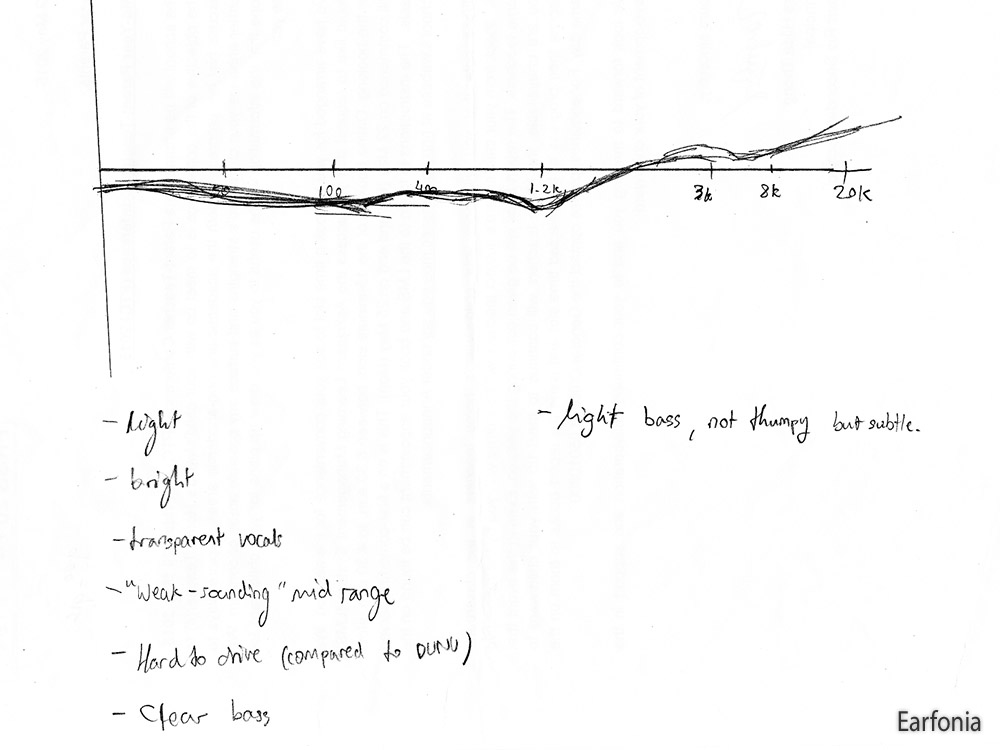

















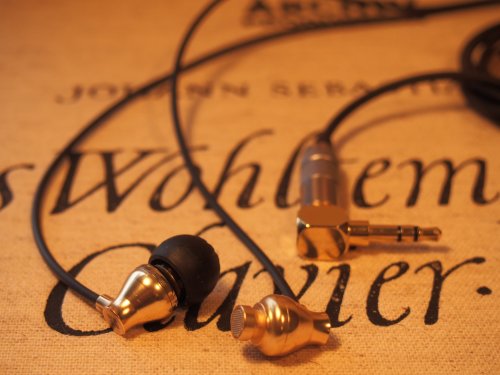

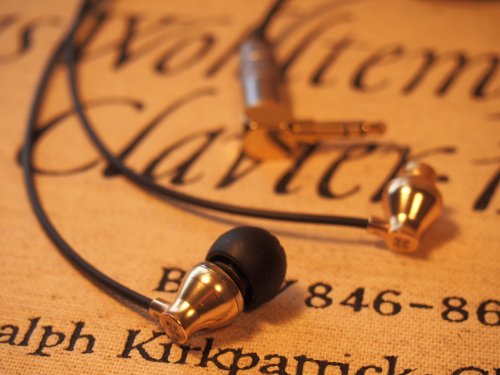




 Reading right now another interview of Fang Bian and was confuse to read how much care he supposedly give for high quality cable choice. As well as this strange but revealing sentence: "High quality sound is becoming more expensive today.''
Reading right now another interview of Fang Bian and was confuse to read how much care he supposedly give for high quality cable choice. As well as this strange but revealing sentence: "High quality sound is becoming more expensive today.''





















































































































